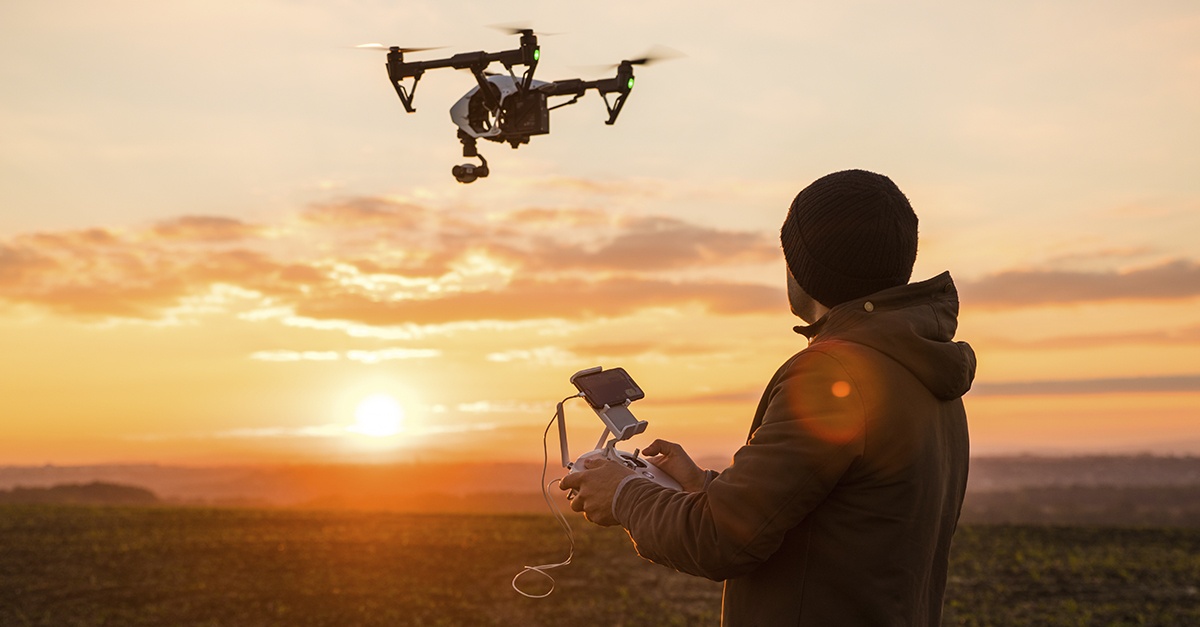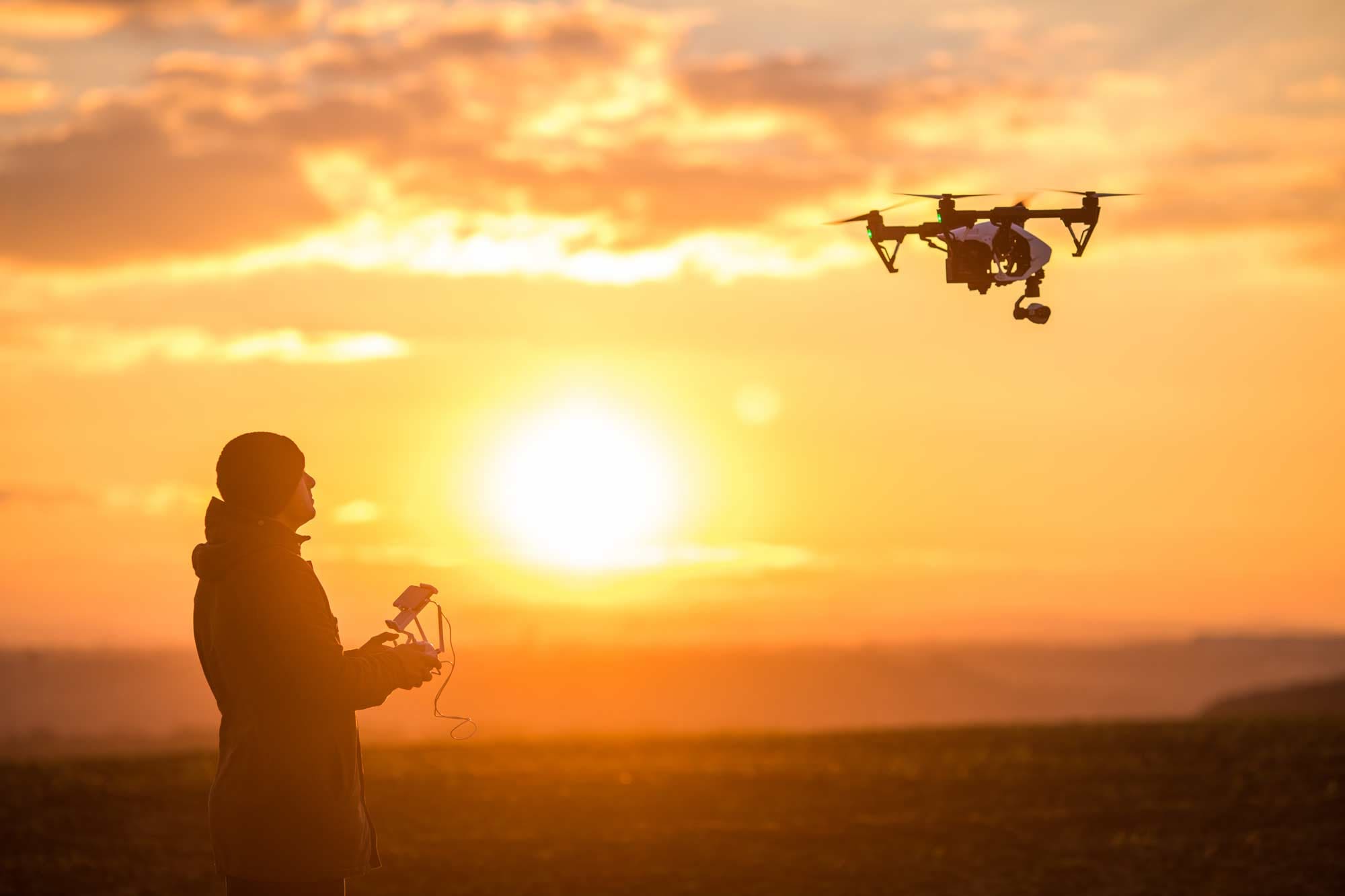Transform Your Perspective: The Art and Scientific Research Behind Drone Digital Photography
Drone digital photography represents a significant crossway of artistic vision and technical development, making it possible for makers to catch perspectives formerly unattainable. Comprehending the mechanics of drone modern technology, from devices choices to composition strategies, is vital for achieving compelling imagery. Factors to consider such as lights and environmental problems can profoundly affect the last end result. As digital photographers refine their skills in both aerial method and post-processing, they open a richer narrative capacity. Yet, what truly identifies reliable drone photography from mere aerial pictures? Exploring this question exposes much deeper understandings into the craft and its progressing landscape.
Understanding Drone Technology
Recognizing drone modern technology is important for any person curious about utilizing its capabilities for digital photography. Drones, or unmanned airborne lorries (UAVs), rely on a combination of hardware and software program to accomplish flight and capture imagery. At their core, these gadgets are geared up with sensors, cameras, and navigating systems that enable them to fly autonomously or be controlled from another location.
The main components of drone technology consist of the flight controller, which acts as the brain of the drone, refining data from numerous sensors to make certain secure flight. In addition, GPS technology plays a vital role in navigating, enabling drones to follow pre-defined trip paths and preserve their setting even in tough conditions.

Additionally, comprehending the regulative landscape bordering drone usage is vital, as it controls where and just how drones can be run, ensuring safety and security and conformity. Familiarity with these elements of drone innovation empowers photographers to optimize their innovative capacity while adhering to lawful standards.
Essential Equipment for Drone Digital Photography
Picking the appropriate devices is crucial for accomplishing remarkable lead to drone photography. At the heart of this arrangement is the drone itself, which must be chosen based on trip security, cam quality, and ease of usage. Popular models often include built-in high-definition video cameras that capture spectacular airborne photos.
Along with the drone, buying a high-grade cam is vital. Lots of drones come equipped with electronic cameras with the ability of capturing in 4K resolution, but for professional-grade results, take into consideration a drone that allows for interchangeable cameras or supports bigger sensing units. This flexibility can substantially improve photo top quality.
Stabilization is one more essential component. A three-axis gimbal is recommended for smooth footage, lessening vibrations that can detract from picture quality. Added batteries and a reliable charger ensure extended trip time, permitting for even more detailed shoots (aerial photographer spokane).
Understanding Structure Techniques
Grasping composition strategies is essential to raising your drone photography from regular to extraordinary. A well-composed photo catches the audience's attention and shares a powerful narrative.
Among the essential concepts to take into consideration is the guideline of thirds, which involves separating your structure into a grid of nine equivalent components. Positioning crucial elements along these lines or at their crossways develops visual passion and equilibrium. Furthermore, leading lines can guide the visitor's my latest blog post eye with the photo, attracting attention to the subject and including depth.
An additional effective strategy is framing, where natural components such as trees or structures frame the subject, boosting the focal point. This approach not only gives context yet also produces a feeling of intimacy within the scene.

Last but not least, constantly be conscious of the horizon line. An uneven horizon can detract and sidetrack from an or else fascinating picture. By understanding these make-up methods, you can substantially boost the effect of your drone digital photography.
Lights and Climate Factors To Consider
In drone digital photography, the interplay of lighting and weather can dramatically affect the high quality and mood of your images. Optimum illumination conditions are critical; the gold hours-- quickly after daybreak and before sundown-- provide soft, diffused light that enhances shades and lessens severe darkness. During these times, the landscape shows visite site up a lot more dynamic and dynamic, enabling breathtaking airborne shots.
Alternatively, overcast skies can generate a level, muted combination, yet they can additionally give even lighting that lowers contrast and highlights details in the environment. This can be beneficial for capturing structures in city settings or complex patterns in nature.
Weather, such as snow, haze, or rain, can also add one-of-a-kind elements to your photography. Haze can create a sense of secret, while rainfall can boost shades and saturate the landscape. It is vital to consider the safety of your drone; flying in unfavorable weather condition conditions can lead to tools damage or loss of control.
Ultimately, understanding exactly how illumination and weather condition influence your airborne shots enables you to select the suitable problems for your drone digital photography, ensuring compelling and aesthetically striking photos.
Post-Processing Tips and Techniques
After recording sensational aerial photos, the next step involves refining those shots via post-processing. This essential phase enhances the aesthetic effect of your photos, permitting you to highlight the one-of-a-kind point of views that drones supply.
Start with software devices like Adobe Lightroom or Photoshop, which supply durable editing capacities. Begin by remedying direct exposure and white balance to ensure that your shades appear realistic. Use histogram checks to achieve ideal brightness degrees, preventing overexposure or loss of information in shadows.
Following, enhance comparison to include deepness to your pictures. Readjusting clearness can sharpen important details without presenting noise, which is specifically helpful in airborne shots where appearance plays a considerable role. Don't avoid chopping; this can help focus the visitor's interest on the major topic.
Color grading is one more effective device. Explore saturation and vibrance to make the landscape pop, but apply these changes carefully to maintain a natural appearance. Think about using a slight vignette to direct the viewer's eye towards the facility of the photo. By mastering these post-processing techniques, you can boost your drone photography to new heights.
Verdict

What really differentiates reliable drone photography from mere aerial see page snapshots? Many drones come geared up with cams qualified of capturing in 4K resolution, yet for professional-grade outcomes, take into consideration a drone that permits for compatible cameras or sustains bigger sensing units. By grasping these make-up techniques, you can significantly enhance the effect of your drone photography.
In drone photography, the interplay of illumination and weather condition can considerably affect the high quality and mood of your pictures (aerial photographer spokane). By understanding these post-processing methods, you can elevate your drone photography to brand-new elevations
Comments on “Professional Drone Photographer in Coeur d'Alene for Business and Private Needs”